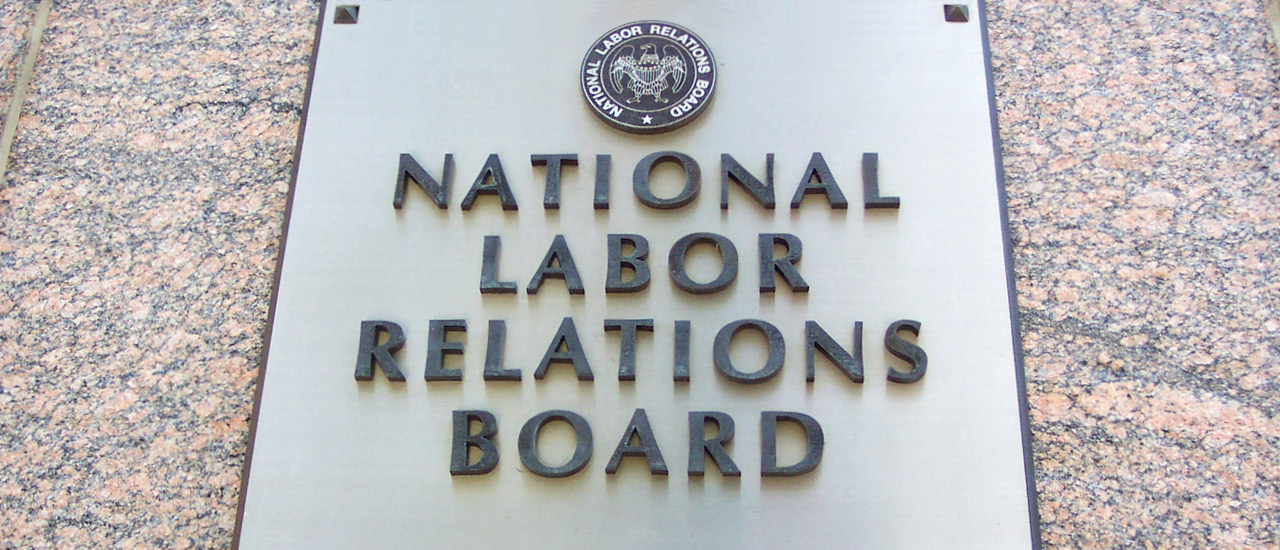NLRB Adopts New Joint Employer Standard

The National Labor Relations Board has narrowed the joint employer standard used to determine if a business is a joint employer of workers directly employed by another employer and whether that business can be held jointly liable for federal labor law violations.
The NLRB’s final rule governing joint employer status under the National Labor Relations Act restores the joint employer standard the board applied for several decades before a decision in a 2015 case involving Browning-Ferris Industries of California.
Under Browning-Ferris, a company could be deemed a joint employer if its control over the essential terms and conditions of another business’ employees was merely indirect, limited and routine, or contractually reserved, but never exercised.
Under the final rule issued Feb. 26, to be a joint employer, a business must possess and exercise substantial direct and immediate control over one or more essential terms and conditions of employment of another employer’s employees.
The ruling, which takes effect April 27, comes about a month after the U.S. Department of Labor tightened its joint employer standard.
Terms and Conditions
The NLRB’s final rule defines key phrases, including what are considered “essential terms and conditions of employment.”
It clarifies what does—and what does not—constitute “direct and immediate control” as to each of these essential employment terms.
The final rule also makes clear that control exercised on a sporadic, isolated, or minor basis is not “substantial.”
“Evidence of indirect and/or contractually reserved control over essential employment terms may be a consideration for finding joint-employer status under the final rule, but it cannot give rise to such status without substantial direct and immediate control,” the NLRB said in a statement.
Control exercised on a sporadic, isolated, or minor basis is not “substantial.”
“Importantly, the final rule also makes clear that the routine elements of an arm’s-length contract cannot turn a contractor into a joint employer.”
The board said the joint-employer standard under the NLRA “is a matter of consequence because it determines whether a business is an employer of employees directly employed by another employer altogether.”
If two entities are joint employers, both “must bargain with the union that represents the jointly employed employees, both are potentially liable for unfair labor practices committed by the other, and both are subject to union picketing or other economic pressure if there is a labor dispute.”
‘Stability, Predictability‘
NLRB chair John Ring said the final rule provides “clarity, stability, and predictability” to the joint-employer standard “that is essential to any successful labor-management relationship and vital to our national economy.”
Ring said “employers will now have certainty in structuring their business relationships, employees will have a better understanding of their employment circumstances, and unions will have clarity regarding with whom they have a collective-bargaining relationship.””
Robert Cresanti, president and CEO of the International Franchise Association, said the Ferris-Browning decision was “an expansive and unclear joint employer standard.”
The new standard, he said, “restores clarity and common sense to the definition of ‘joint employer.'”
For more information, contact CBIA’s Mark Soycher (860.244.1900) | @HRHotline
RELATED
EXPLORE BY CATEGORY
Stay Connected with CBIA News Digests
The latest news and information delivered directly to your inbox.


